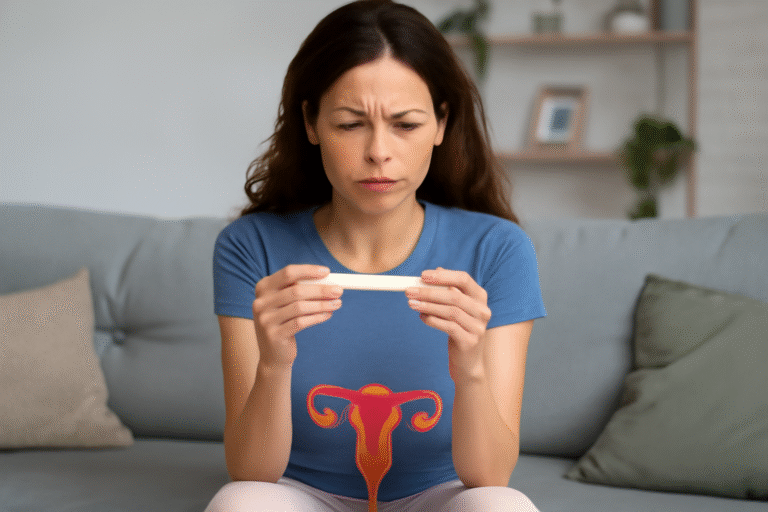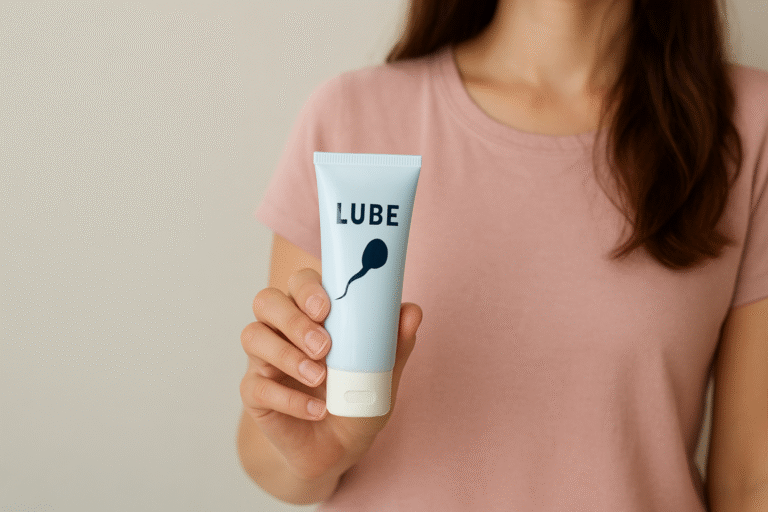Fibroids in the uterus are growths that aren’t cancerous and can happen in or on the uterus. Up to 80% of women will have them by age 50. These fibroids can be either small or very big, and they commonly show up during the reproductive years. Some women have no symptoms, while others have serious health problems. To take care of yourself, you need to know what causes it and how to deal with them. This tutorial talks about where fibroids come from, how to tell if you have them, and natural ways to decrease them that are backed by science. Being aware gives you the power to look for quick fixes and make your life better.
What Are Uterine Fibroids?
Leiomyomas, or uterine fibroids, are noncancerous tumors made up of muscle and fibrous tissue. They can grow inside the uterus, on its exterior surface, or in the hollow. It can be found in three places: submucosal (within the uterus), intramural (inside the uterine wall), and subserosal (outside the uterus). Hormones like estrogen and progesterone help them grow, which is why they often get bigger during pregnancy and smaller after menopause. Fibroids are not usually carcinogenic, but they can cause a lot of pain and problems, so it’s important to find them early so that treatment can be started and symptoms can be relieved.
Understanding Fibroids Causes
It’s not clear what produces it, although studies point to genetic, hormonal, and environmental factors. Hormonal imbalances, notably high levels of estrogen, cause fibroids to grow. Genetics are quite important; women with a family history are three times more likely to get fibroids. Obesity raises the risk because fat tissue makes too much estrogen. A lack of vitamin D may also make it harder to stop tumors from growing. Menstruating before age 11 and being around endocrine disruptors (like pesticides) are other factors. Knowing what causes these fibroids helps find risk factors and devise prevention plans that work for people who are at high risk.

Common Symptoms
The symptoms can be mild to severe, and they depend a lot on the size, number, and location of the fibroids.
- Heavy periods (soaking pads every hour) and extended periods (lasting more than 7 days) are two of the most common indications.
Large fibroids can put pressure on organs, which might cause:
- Pelvic Pain or pressure
- Bloating
- Constipation
- When fibroids push on the bladder, it makes you have to pee a lot
Other signs are:
- Back discomfort
- Leg pain
- Pain during sex( dyspareunia)
- Anemia
Around 30% of women have trouble getting pregnant because submucosal fibroids restrict their fallopian tubes. Recognizing these signs early helps doctors find the problem and treat it quickly.
How Fibroids Are Diagnosed
A doctor will first check for problems with the uterus during a pelvic exam. Ultrasound (either transvaginal or abdominal) is the main imaging method used to look for fibroids because it shows their size and location. MRI gives detailed 3D imaging of complicated situations, and hysteroscopy uses a small camera to see within the uterus. Blood tests show that you don’t have anemia or thyroid problems that seem like fibroid symptoms. Doctors can compare their findings better when they keep track of menstrual cycles and the intensity of symptoms. Screenings are very important for women who have symptoms since early detection can stop problems like severe anemia or problems during pregnancy.
Also read: Vitamins for Erectile Dysfunction
Conventional Treatments
The main goals of traditional therapy are to ease symptoms and shrink fibroids.
- Birth control tablets and GnRH agonists (like Lupron) can help with heavy bleeding. GnRH agonists can also temporarily decrease fibroids by putting the body into a menopause-like condition.
- Uterine Artery Embolization (stopping blood flow to decrease fibroids) and MRI-guided ultrasound surgery are two minimally invasive treatments that can be used on bigger fibroids.
- Myomectomy takes out fibroids, but they might come back.
- Hysterectomy, which is the removal of the uterus, is only done in very bad circumstances. These medicines work, but they can also have side effects like problems with surgery or changes in hormones, which makes people want to find natural alternatives.
Natural Ways to Shrink Fibroids Holistically
Natural methods focus on lowering inflammation, harmonizing hormones, and helping the body get rid of toxins. Dietary adjustments get rid of items that boost estrogen, like red meat, dairy, and sweets. Herbal therapies like green tea (EGCG antioxidants) and milk thistle (liver cleanse) help stop fibroid growth. Castor oil packs on the stomach help blood flow and lower swelling. Acupuncture helps with pain and balances hormones. Studies have indicated that fibroids go smaller following regular sessions. Yoga helps you deal with stress by lowering cortisol levels, which stops estrogen levels from rising. These treatments take time, but they are safe and long-lasting ways to manage fibroids.
Dietary Strategies for Fibroid Reduction
Diet has a big effect on fibroids since it changes estrogen and inflammation. Cruciferous vegetables like broccoli and kale have diindolylmethane (DIM), which helps the body break down estrogen. Foods high in fiber, such as oats and flaxseeds, bind to extra hormones in the gut. Iron-rich foods like spinach and lentils can help with anemia caused by severe bleeding. Stay away from alcohol, caffeine, and processed meats because these raise estrogen levels. Choose organic fruits and vegetables first to cut down on pesticide exposure. Studies show that taking 5,000 IU of vitamin D3 a day can reduce the growth of fibroids. A Mediterranean-style diet that is high in plants, fish, and whole grains can help reduce inflammation and keep hormones in balance, which is important for naturally decreasing fibroids.
Lifestyle Changes to Combat
Changes to your lifestyle make natural fibroid treatment work better. Exercise for 30 minutes a day lowers estrogen and insulin levels, which are two of the main causes of fibroids. It also helps you lose weight. Avoiding toxins lowers xenoestrogens. Use glass containers instead of plastic ones, and use natural cosmetics. Sleep hygiene (7 to 9 hours a night) keeps melatonin levels stable, which stops fibroid cells from growing. Meditation decreases cortisol, which keeps hormones from becoming out of control. Three times a week, castor oil packs help the lymphatic system empty. These modifications make the inside of the body less friendly to fibroids, which makes them more resistant and lowers the probability of them coming back over time. For results that can be measured, consistency is key.
Conclusion: Empowering Your Fibroids Journey
You don’t have to let fibroids control your life. You can take steps to prevent fibroids by learning about their causes, which include genetics, hormonal imbalances, and lifestyle choices. Keep a close eye on your symptoms, eat an anti-inflammatory diet, and use stress-reducing techniques to naturally decrease fibroids. In very bad circumstances, you should also get medical advice. Keep in mind that sticking to holistic practices will help your hormones in ways more than just managing fibroids. Stay up to date, push for individualized care, and believe that tiny changes every day can lead to long-term health and relief.





[…] Also Read: Learn About Fibroids And Their Natural Solution […]
[…] Also Read: Learn About Fibroids And Their Natural Solution […]
[…] Also read: Fibroids? Causes, Symptoms, Natural Shrink Now […]